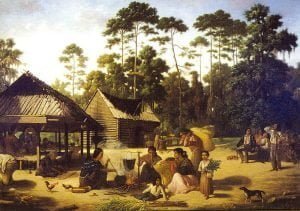Biography of Alexander Hance
Alexander Hance, who is one of the ideal farmers of Douglas County, came to Newman Township in 1871 and engaged as an ordinary farm hand, at which he continued for some seven or eight years. His career is a fine example of what a man can do with a determined purpose in life. From the ordinary walks of life he has gradually risen to the front rank as a farmer, stock-raiser and a business man. Mr. Hance was born in Washington County, Tennessee, February 19, 1850, and there he remained until he came to Douglas County. He purchased his first … Read more

